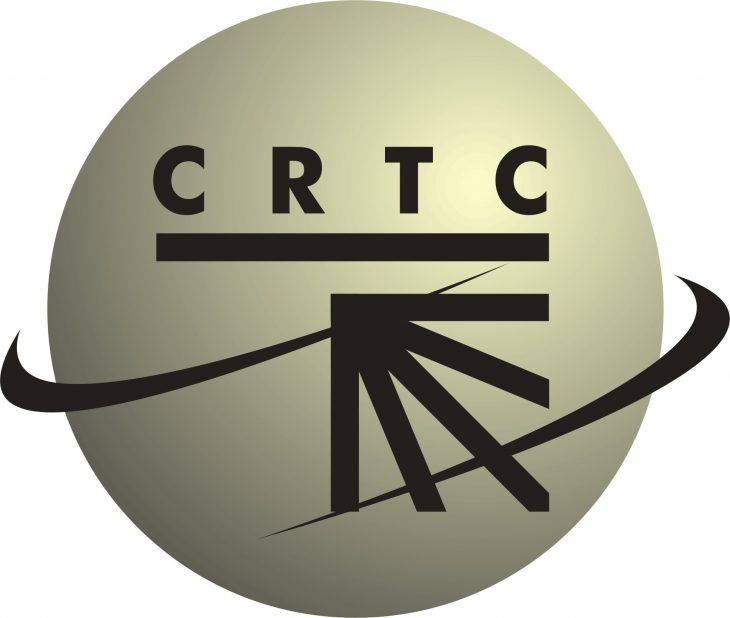
OTTAWA – Canada’s broadcast regulator is proposing a new television broadcast regime that will ensure affordable access to a broad variety of content. The CRTC says this can be accomplished by forcing distributors to offer a small all-Canadian-only basic package along with the ability for consumers to either build their own package or pick the individual services they desire.
In a report to Cabinet due at the end of the month but published early, April 24, the Commission says results from the first two phases of its Let’s Talk TV Conversation with Canadians initiative reveal consumers want more flexibility in choosing the TV services they watch. This desire for more viewing choice also comes as the prices for cable, satellite and IPTV subscriptions have risen faster than the rate of inflation.
“Accordingly, the Commission is concerned that current pre-assembled packaging practices do not fully respond to the objective that cable and satellite operators provide efficient delivery of programming at affordable rates, using the most effective technologies, as required under subsection 3(1)(t)(ii) of the [Broadcasting] Act,” reads the CRTC’s response to Order in Council P.C 2013-1167.
An all-Canadian small basic package with some must-carrys (a.k.a. 9(1)(h) services) and a few others combined with an option that gives consumers the right to either pick and pay for individual channels or build their own package is an approach that will help them counter increasing subscription rates, argues the Commission. The broadcast regulator is quick to point out though that distributors will be able maintain their large pre-assembled packages for the customers that are happy with them.
The CRTC acknowledges that there may be negative impacts from this type of channel packaging regime. Prices for individual services may increase in a pick and pay environment because of “the loss of predictability and stability of revenues” that come with being in a large pre-assembled package. Some TV channels may not survive, it adds, but this may in fact be a good thing. It will force these services to innovate and improve programming “to remain competitive and responsive to Canadian viewers.”
Discretionary services may have to shift strategies by targeting a mass audience or transitioning to a niche undertaking. The independent production sector could also experience some negative impacts from a more flexible environment. While limited evidence has been provided on this, the CRTC says a lower number of discretionary services or lower revenues from them could lead to a reduction in funding for Canadian programming.
There are tools to counter-balance potential negative outcomes on the production sector.
"Tangible benefits do not necessarily represent a stable, ongoing source of financing." – CRTC
“Notably, given the number of recent large ownership transactions, existing and future tangible benefits could be used to help support the production sector as broadcasters transition to an environment where pick-and-pay is more common. However, tangible benefits do not necessarily represent a stable, ongoing source of financing,” says the Commission, adding this “may put pressure on governments to provide more funding through tax credits or other programs.”
Broadcast distributors and specialty channels, which have benefited from the stable and predictable economics of large pre-assembled packages, will also face hurdles in adapting to a more flexible channel regime. The CRTC points to affiliation agreements as one impediment to making this system-wide change. It also highlights the refusal of some U.S. services to be distributed on a standalone basis. Smaller BDUs may feel the biggest pain, whereas the large distributors have the financial and operational ability to address any potential negative impacts from a pick and pay environment.
“For example, their direct relationship with subscribers would allow distributors to adjust their marketing tools (e.g. prices and bundles) and strategies (e.g. promotion and price discounts). The level of diversification of a distributor’s activities would also help minimize the effect of the proposed model,” the Commission says of the large BDUs.
When it comes to ensuring that the majority of services in a given package are Canadian, the CRTC believes the current preponderance rule still works. It recognizes, however, that this may be seen as limiting choice and as a result it will explore this aspect in the Let’s Talk TV hearing later this year.
“The Commission considers that its proposed approach could constitute the most appropriate way to maximize the ability of consumers to subscribe to pay and specialty services on a service-by-service basis in a manner that furthers the implementation of the objectives of Act,” says the CRTC.
The Let’s Talk TV hearing has been scheduled to begin on September 8, 2014. The deadline for initial submissions is June 25th.



